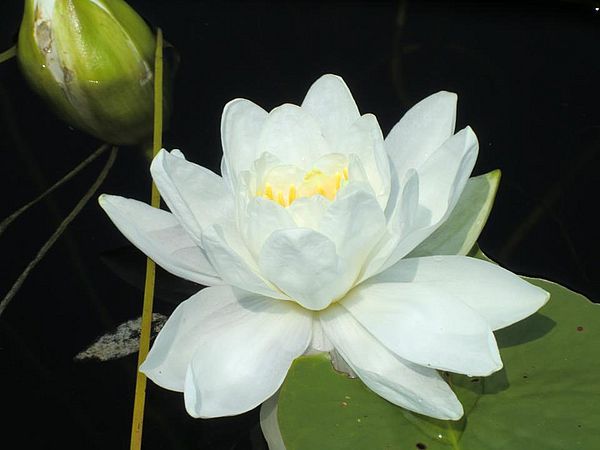Spring isn’t just a time when trees and flowers are coming alive – plants are also opening up throughout the ponds, lakes, and waterways. While aquatic plants may look similar to their land-bound counterparts, they have evolved to endure an environment where light is often scarce and concentrations of atmospheric gases are low. These adaptions are clearly displayed in the variations between aquatic leaves.
Aerial leaves, such as those on cattails and sedges, spend most of their life above water. They enjoy all the benefits of life on land, and only need to invest enough food storage in their seeds for the young plant to grow through the water column.
Floating leaves stay on the surface and capture light before it can diffuse in the water. However, unlike the leaves on terrestrial plants, floating leaves cannot adjust their position throughout the day to capture more light. They instead spread out to maximize their surface area, a trait that characterizes duckweed and waterlilies. These leaves typically have a tough, leathery texture that protects them from wind and waves.
Submerged leaves have the most ground to cover from their place on the lake bottom. These underwater leaves have a large surface area relative to their interior, which allows them to maximize both light absorption and gas exchange. Submerged leaves often have a distinctive, deeply divided shape that can be feathery in appearance, such as the Northern Watermilfoil (a native look-alike to the invasive Eurasian Watermilfoil). They are delicate and pliable, supported by the water’s buoyancy instead of a rigid internal structure.
Lake Champlain is full of life that has adapted to the water in unique and interesting ways. As the weather warms and you begin to venture outside, take a moment to pause and look around. What variations do you see in the plants and animals around you? How do you think it all fits together?
